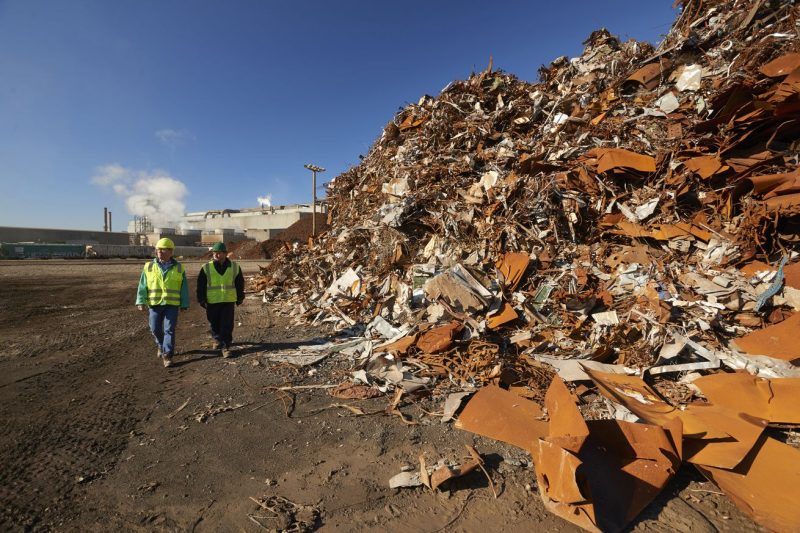In recent years, there has been a growing emphasis on sustainability in various industries, and the construction sector is no exception. The Biden administration’s push to find more sustainable construction materials is a step in the right direction towards creating a more environmentally friendly and resilient infrastructure for the future.
One key focus of this initiative is the development and adoption of alternative materials that have a lower environmental impact compared to traditional building materials like concrete and steel. These alternative materials can range from recycled materials such as reclaimed wood, recycled plastic, and rubber to innovative materials like carbon-negative concrete and bio-based composites.
The use of recycled materials in construction not only reduces the demand for raw materials but also helps divert waste from landfills, contributing to a more circular economy. Reclaimed wood, for example, can give old structures a new life while reducing the need to cut down more trees. Recycled plastic and rubber can be used for various purposes in construction, from insulation to road surfaces, offering a more sustainable alternative to conventional materials.
Another promising area of sustainable construction materials is the development of carbon-negative concrete. Traditional concrete production is a significant source of carbon emissions due to the high energy consumption and CO2 emissions associated with cement production. Carbon-negative concrete, on the other hand, sequesters more carbon dioxide than it emits during production, helping to offset carbon emissions and reduce the environmental impact of construction projects.
Bio-based composites are also emerging as a sustainable alternative to traditional building materials. These composites are made from renewable resources such as agricultural residues, bamboo, and hemp, offering a lightweight and durable alternative to traditional materials like steel and concrete. By using bio-based composites, builders can reduce the carbon footprint of construction projects and promote the use of renewable resources in the industry.
In addition to exploring alternative materials, the Biden administration’s initiative also aims to incentivize the adoption of sustainable construction practices through policy measures and government support. By providing financial incentives, tax breaks, and grants for projects that use sustainable materials and practices, the government can encourage builders to incorporate sustainability into their projects and help drive the demand for green construction materials.
Overall, the push to find more sustainable construction materials by the Biden administration represents a significant opportunity to transform the building industry towards a more environmentally conscious and resilient future. By exploring alternative materials, promoting sustainable practices, and incentivizing green construction, we can build a more sustainable infrastructure that meets the needs of the present without compromising the needs of future generations.
